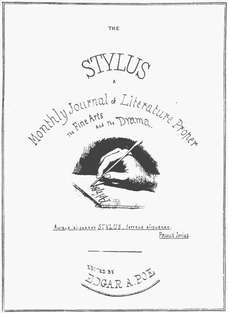 Poe's design for The Stylus
Poe's design for The Stylus On Poe’s 205th birthday, I’m thinking about the great American literary magazine that never was, Edgar Allan Poe’s The Stylus. In the 1840s, having edited Burton’s Gentleman’s Magazine, Graham’s Magazine, and The Southern Literary Messenger, and desperately wanting literary control and a way to make some money, Poe circulated the prospectus of a magazine he would own and edit, called first The Penn, and then, The Stylus, with which he aimed to raise standards of "Independence, Truth, Originality." It gathered some support and pledges to subscribe, but never got off the ground before Poe died in 1849. Somehow, since I first read of it in biographies of Poe, it haunted me.
When working on my short story “Links,” which is set at the time of the dot com boom, I created a fictional later life for The Stylus, starting with its founding after a banquet of Poe admirers in 1899 (fictional, but there were such banquets) by Richard Pentreath Hodges, “a Poe devotee,” with the backing of a railroad tycoon. I envisioned this literary journal as always losing money, but, whenever on the edge of shutting down, finding a new backer, becoming “the intellectual bauble of one rich man after another,” all through the 20th century. The Stylus I imagined became the decrepit journal where, at the start of my story, my narrator, Mary Louise Sottile, has worked since college for eight years as a poorly paid editorial assistant, until it folds. Where the story begins, she has landed a much better paid job that drags her into the digital era at a Silicon Alley entertainment dot com, which will have its own troubles, of course, as the boom leads to bust.
When working on my short story “Links,” which is set at the time of the dot com boom, I created a fictional later life for The Stylus, starting with its founding after a banquet of Poe admirers in 1899 (fictional, but there were such banquets) by Richard Pentreath Hodges, “a Poe devotee,” with the backing of a railroad tycoon. I envisioned this literary journal as always losing money, but, whenever on the edge of shutting down, finding a new backer, becoming “the intellectual bauble of one rich man after another,” all through the 20th century. The Stylus I imagined became the decrepit journal where, at the start of my story, my narrator, Mary Louise Sottile, has worked since college for eight years as a poorly paid editorial assistant, until it folds. Where the story begins, she has landed a much better paid job that drags her into the digital era at a Silicon Alley entertainment dot com, which will have its own troubles, of course, as the boom leads to bust.
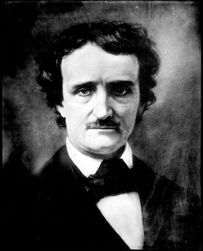 Edgar Allan Poe, photo of portrait at U. Virginia
Edgar Allan Poe, photo of portrait at U. Virginia I gave the magazine the tradition of editors, in tribute to Poe, always using their middle names. I had fun making up the last editor, Peter Alphonse Delisle (“a hearty madman”), who Mary Louise visits in his retirement: “Around him cartons overflowed with the early records of The Stylus, whose history he said he was writing. He showed me letters from literary luminaries of the twentieth century, most of them begging to be paid for their contributions.” Mary Louise says, “It’s possible that Poe was enough to get me to sign up for eight years of low pay, I’ll concede. I’ve always had a thing for him.”
Me too. I have a thing for Poe. My Edgar award bust of Poe is one of my proudest possessions. I can’t help thinking what he would think about our ability to put up a magazine online in a trice, and how much he would find to say about our dark, fantastical time, where the forms he innovated to tell stories of science, terror, and crime are flourishing, and when, of course, it is still damn hard for a writer to make a living.
—Lynne Barrett
Note: "Links," which uses the form of a website, was first published in Painted Bride Quarterly and is the lead story in my third collection Magpies. Without spoiling the plot, I will say that Mary Louise envisions The Stylus being reborn with a feature on "the Dead Woman Fetish through the past one hundred and sixty years" and money column called "The Gold Bug." For those interested in seeing how Poe's use of the uncanny continues through American fiction, I highly recommend the two volume American Fantastic Tales: Terror and the Uncanny from Poe to the Pulps and Terror and the Uncanny from the 1940s Until Now, edited by Peter Straub.
Me too. I have a thing for Poe. My Edgar award bust of Poe is one of my proudest possessions. I can’t help thinking what he would think about our ability to put up a magazine online in a trice, and how much he would find to say about our dark, fantastical time, where the forms he innovated to tell stories of science, terror, and crime are flourishing, and when, of course, it is still damn hard for a writer to make a living.
—Lynne Barrett
Note: "Links," which uses the form of a website, was first published in Painted Bride Quarterly and is the lead story in my third collection Magpies. Without spoiling the plot, I will say that Mary Louise envisions The Stylus being reborn with a feature on "the Dead Woman Fetish through the past one hundred and sixty years" and money column called "The Gold Bug." For those interested in seeing how Poe's use of the uncanny continues through American fiction, I highly recommend the two volume American Fantastic Tales: Terror and the Uncanny from Poe to the Pulps and Terror and the Uncanny from the 1940s Until Now, edited by Peter Straub.

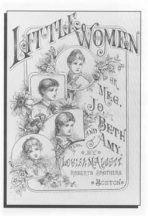
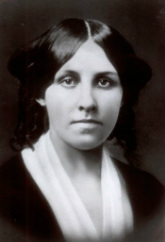
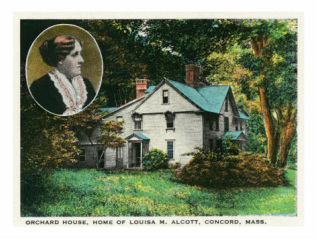
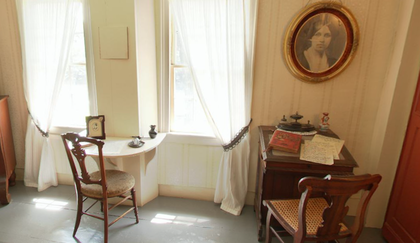
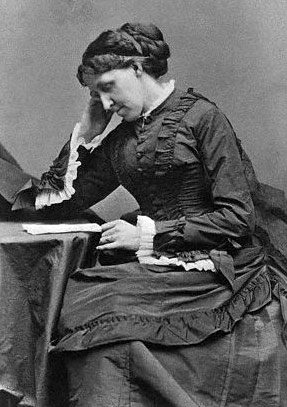
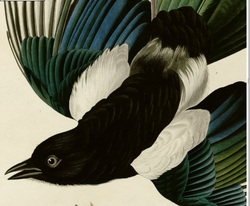
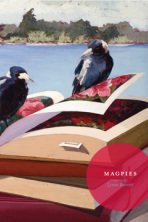
 RSS Feed
RSS Feed